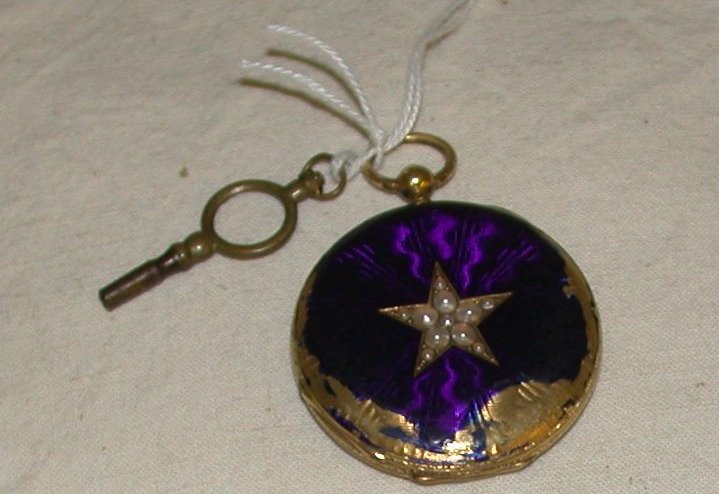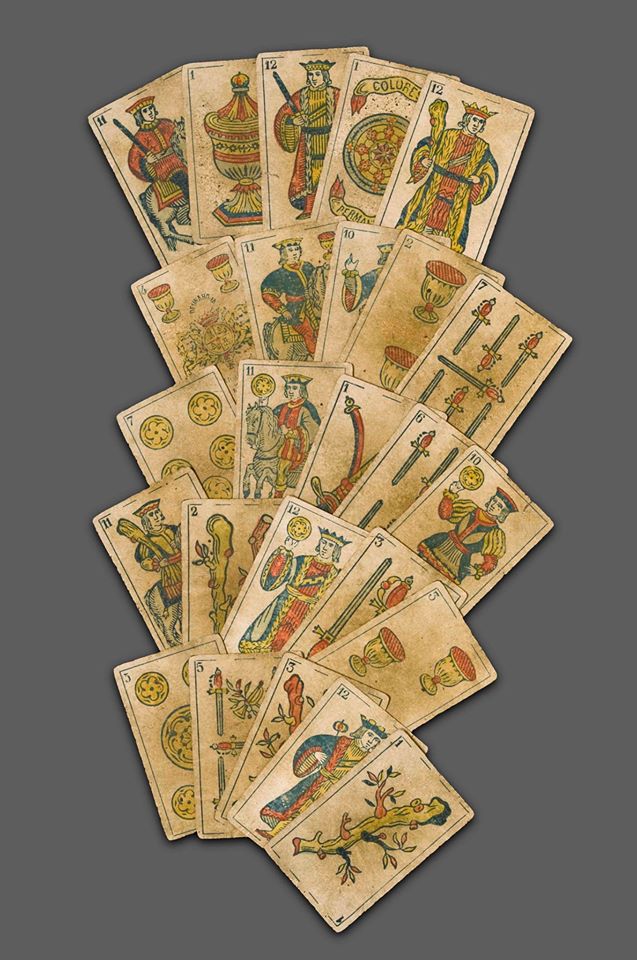|

Four Centuries of History
Remembered in Annual Event
Santa Fe Fiestas commemorates the early interactions
between Native Americans and Spanish colonists
Welcome to the latest installment of our media-release series, “Telling New Mexico: Stories from Then and Now.” See the links below for previous releases, along with information about obtaining photographs to accompany your coverage.

Statue of Po’Pay

Zozobra puppet

Oil Painting of
Don Diego de Vargas
|
Every year in Santa Fe, on the weekend after Labor Day, the city comes alive with the sounds of the past. Mariachis perform on the Plaza, and the cries of “Que Vivá!” ring out.
The Fiestas de Santa Fe have been celebrated every autumn for 297 years to commemorate the Spanish reconquest of the City of Holy Faith in 1692. The stories behind the founding of Santa Fe, the Pueblo Revolt, and the Spanish reoccupation are just a shadow of the vibrant cultural history you’ll discover at the New Mexico History Museum, www.nmhistorymuseum.org, scheduled to open May 24, 2009.
In 1680, just 70 years after the founding of Santa Fe by Don Pedro de Peralta, the Pueblo peoples of New Mexico rose up under a religious leader called Po’Pay. After a six-day siege of Santa Fe, the Pueblo peoples managed to drive the Spanish colonists back to El Paso del Norte, in present-day Juarez, Mexico. Twelve years later, the Viceroy of New Spain appointed Don Diego de Vargas as Governor-in-exile of New Mexico. Vargas set forth with a small band of soldiers and colonists to re-settle Santa Fe. In September 1692, Vargas accomplished this feat without bloodshed.
Vargas returned to Mexico to recruit more colonists, and when he returned the following winter, the Pueblo peoples denied him reentry to the city. He then set up an altar for La Conquistadora, a 29-inch-tall statue of carved wood that had originally been brought to Santa Fe in 1625 and had returned with Vargas to Santa Fe. Vargas implored the Virgin Mary to intercede on behalf of the colonists, and before the end of December that year, he had gained re-entry to the city.
Crediting La Conquistadora with his success, Vargas was said to have vowed to restore the statue to her throne in the local church, which had been destroyed by fire in 1680. He was unable to accomplish this during his lifetime. Eight years after Vargas’ death, Governor Marquez de la Peñuela signed the 1712 Proclamation, which established the first Fiesta de Santa Fe.
The first Fiesta called for Mass, vespers, and a sermon, which began the religious tone of the Fiestas that continues today. There are, however, a number of non-religious traditions that have accumulated over the years. In 1924, local artist Will Shuster Jr. conceived and created the effigy of “Zozobra,” an old Spanish term that Vargas had used to describe “the adversities and perils of that government of New Mexico.” Today, locals are asked to write down their troubles on slips of paper weeks before Fiestas begin. The slips of paper are then stuffed into a 50-foot mannequin made of timber, muslin, and paper mache – Zozobra, or “Old Man Gloom.” The Kiwanis Club sponsors the annual event at Fort Marcy Park, complete with fire-dancers, fireworks, live music, and of course, the angry, deep-throated voice of Zozobra over the loudspeakers. It is said that all the troubles of the previous year go up in smoke with the burning of Zozobra.
Following the burning of Zozobra, the three-day celebration of the Fiestas continue with the selection of a “Don” (Vargas) and a “Queen,” mariachi music on the Plaza, a number of dances and balls, the always charming Desfile de los Niños (a children’s pet parade), the Desfile de la Fiesta (also known as the historical/hysterical parade), a historical fashion show, Mariachi Mass, and a candlelight procession to the Cross of the Martyrs atop a hill overlooking downtown Santa Fe.
The Fiestas de Santa Fe are a vibrant and living example of the cultures that have clashed and blended for over 400 years to make the people of New Mexico who they are today.
The New Mexico History Museum explores not only the lives of conquistadors like Vargas, but also of Po’pay and the Pueblo peoples, Santa Fe Trail riders and fur-trappers, railroad men and cowboys of the 1800s, veterans of WWII, the scientists who built the bomb and the counterculture movement of the 1960s and ’70s. Define your own place in history: Get into it! This all-encompassing, family-oriented, 96,000-square-foot annex to the 400-year-old Palace of the Governors uses interactive multi-media displays in conjunction with images and artifacts to tell the stories of real New Mexicans – the people who are the West.
For more information about the New Mexico History Museum, including a selection of user-ready high-resolution photographs, log onto http://media.museumofnewmexico.org/nmhm. More than 8,000 additional, high-resolution photographs illustrating the history of New Mexico are available by keyword search at www.palaceofthegovernors.org (click on “Photo Archives” then on “Digitized Collections”). Most requests for scans from this site can be delivered the same day, and usage is free for publicity purposes only.
Previous releases:
Where ancient artifacts meet cutting-edge art
Fashioning New Mexico
The Tiffany Ties that Bind
The Railroad Wars
The New Face of History
The Tales that Made the American West
New Mexico History Museum’s Core Exhibits
Telling the People’s Stories: A Message from the Director
Creating a Place for Our Past, by Dr. Frances Levine, El Palacio, Summer 2006
Other Sites:
NM History Museum on Twitter
NM History Museum on Facebook
Media Contacts:
Kate Nelson
New Mexico History Museum
505 476 1141
Kate.Nelson@state.nm.us
www.nmhistorymuseum.org
Rachel Mason
Ballantines PR
Rachel@ballantinespr.com
505 216 0889
www.ballantinespr.com
|







